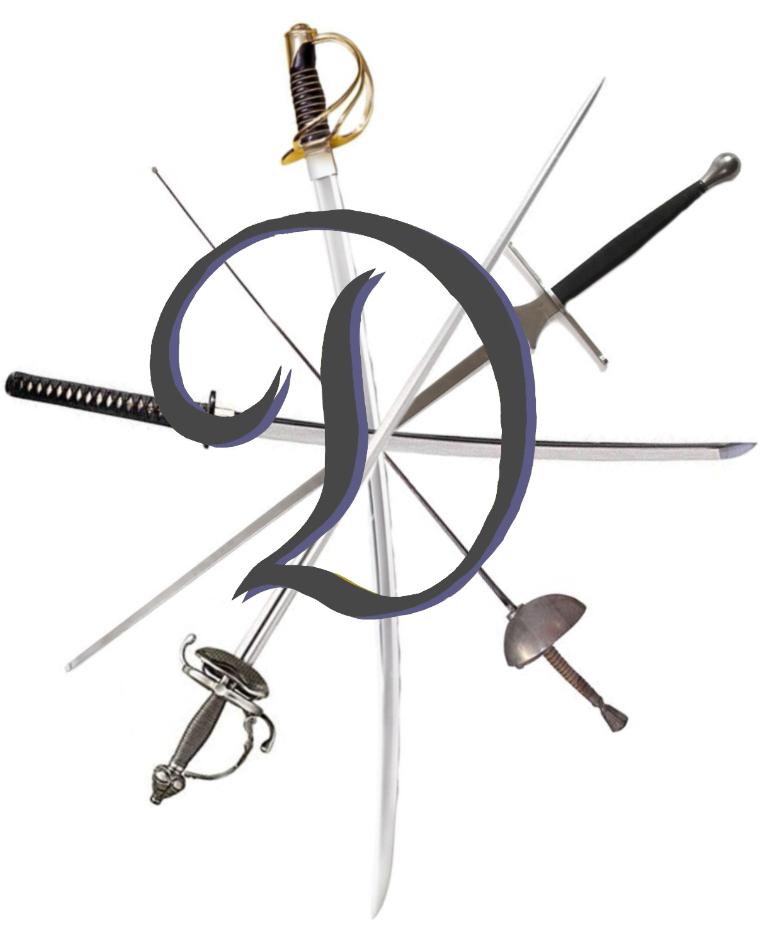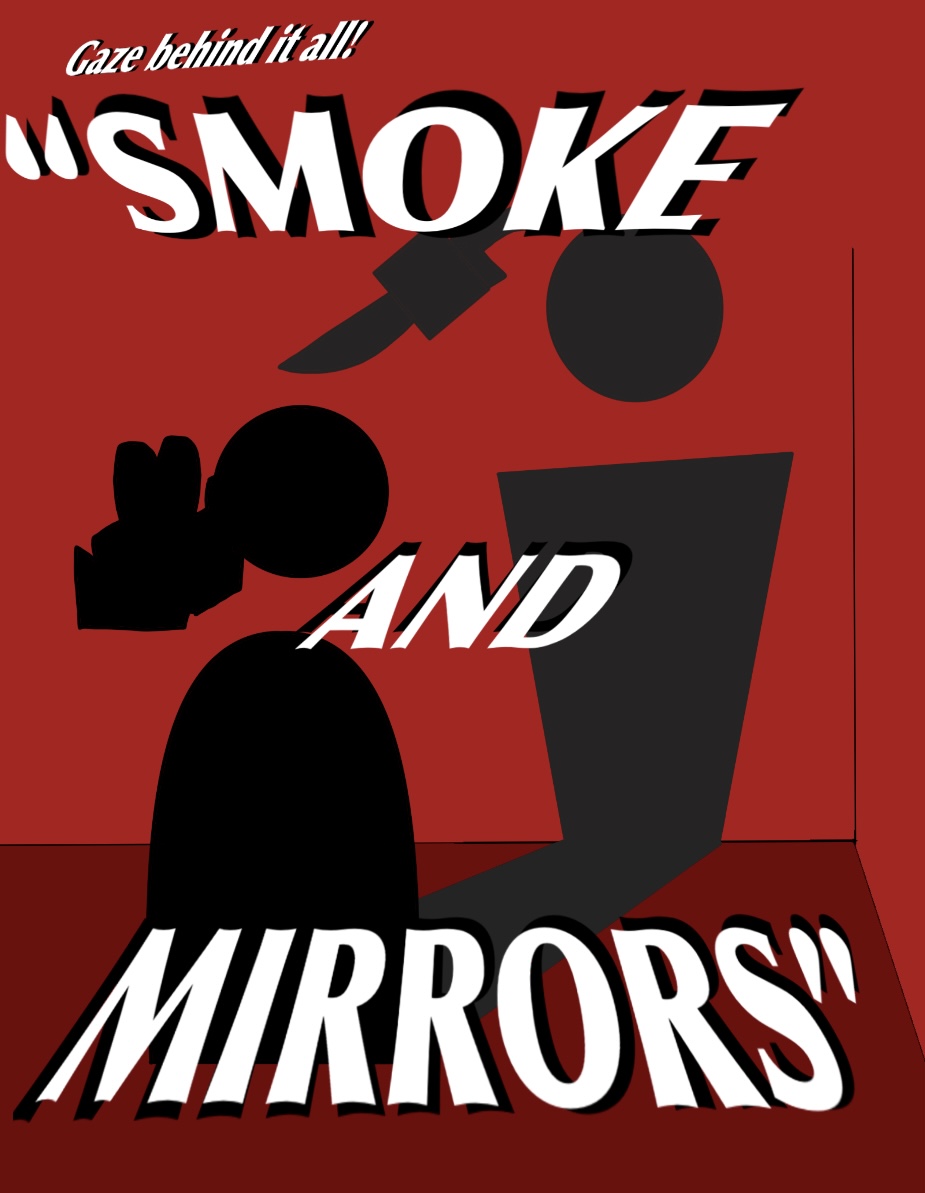Hello and welcome to Steel, Steel, and More Steel, the blog designed to teach you the ins and outs of the fencing world. My name is Díana Duplat Castañeda here’s a little backstory as to why I’m doing this blog. When I first started fencing, I was 7 years old. I thought that Olympic fencing was really cool, Don’t get me wrong, but it was nothing like what I envisioned it to be.
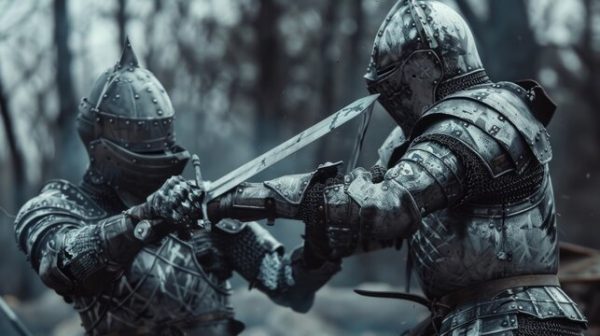
Movies and video games like The Lord of the Rings trilogy and the Dark Souls franchise have influenced me ever since I can remember. So when I found out about H.E.M.A, I was really excited to learn the ropes of what this historical sport can offer. So now, I’ll be passing on the information I learned to you!
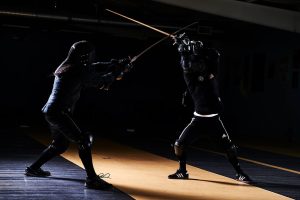
Today we’ll be talking about H.E.M.A, which stands for Historical European Martial Arts. H.E.M.A offers classes on how to weld any type of armament used during the “ye olden days” up to the early to mid 20th century. It’s important to distinguish that while H.E.M.A is a form of fencing, it is nothing like modern day Olympic fencing.
In this post, you’ll learn to weld a variety of weapons, and you’ll use discipline, logic, philosophy, and geometry in order to hone your skills and gain a better edge (pun intended) on your opponent.
Equipment and Armour(5/10)
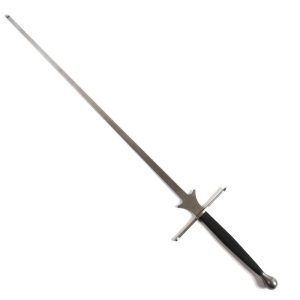
After reading this far, you may be wondering “how and where am I supposed to get the gear?” Well my dear reader you’re in luck as I’ll give you (most) of the necessary information needed if you want to pursue H.E.M.A. For beginners, you’ll be given gear but it’s expected that you buy your own helmet after a while. Helmets are EXTREMELY important, and you measure your head properly or else you’ll have a helm that feels wonky.
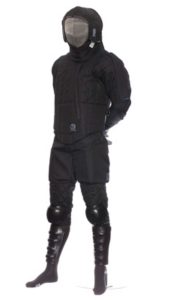
For intermediate to advanced fighters, this is where it comes in a bit costly. Gloves and chest armour are required in order to advance in H.E.M.A. Chest armour and gloves can range from heavy to light depending on the weapon. Rapiers, sabers/cutlesses, and the likes have less use for heavy armour since it’s such a small area of impact. For most people, you can expect the total price of the gear to be around 1,000 dollars or so.
The Five Beginner Principles(5/11)
There are 5 words that every beginner should know; Vor, Nach, Indes, Weak, and Strong.
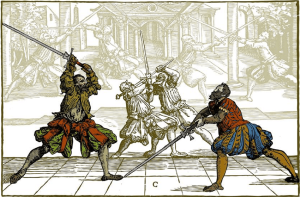
Vor in old german means before, basically you always want to be one step ahead of your opponent at all times. Nach means after, in which even if your opponent makes the first move, you’ll know whether or not to parry or strike when need be. Indes means “meanwhile” or “meantime”, which essentially means that you react to your opponent within the same tempo or action.
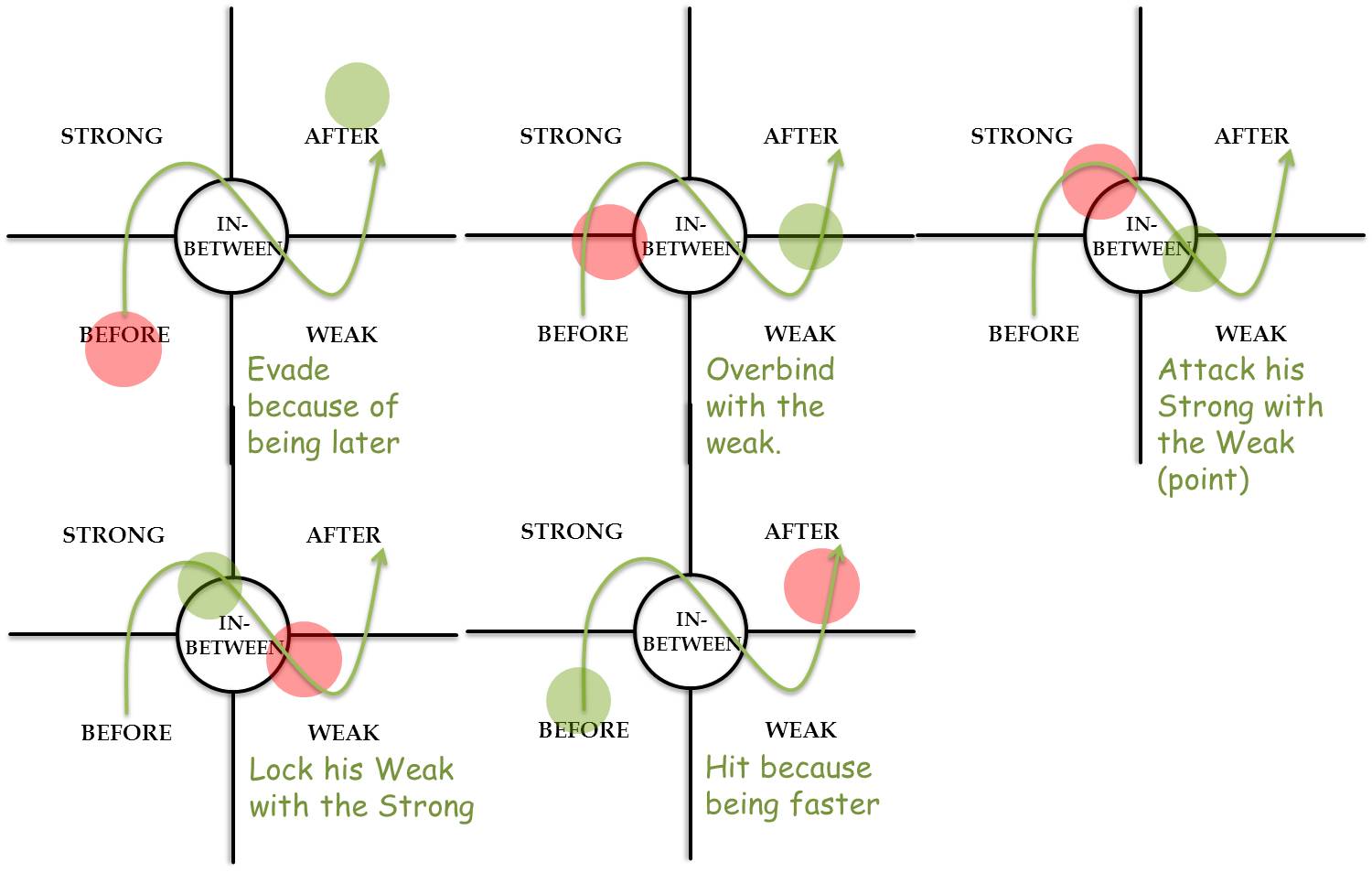
in addition to these terms, its important to understand the meaning behind Weak and Strong as it does not entirely refer to strength in the traditional sense.
Stance work(5/19)
Now that you know the basics, it’s time to learn how to get into a proper stance/position. But first, if you haven’t done some warm ups then I’d recommend you do it before doing any rigorous training or else you may end up overworking yourself. In H.E.M.A, there’s a phrase that goes; “every day is leg day.” so even though the lessons are usually an hour to an hour and a half, your legs will feel like breaking due to the constant crouching and short bursts of speed in order to dodge your opponent.

You’ll want to be standing with either your right or left foot behind you depending if you’re right or left handed.
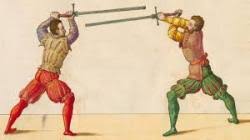
You’ll also want to have your knees bent, with your left foot (if your right handed) in front of you while your left foot is used to push off the ground in either short bursts or long strides depending on the situation at hand. Keeping your longsword close to your chest is critical for quick responses and blocking.
OUTRO(5/28)
While H.E.M.A is based on 14th-16th century Europe, its important to realize that there are other from of fencing, such as Kendo which is a Japanese martial art consisting of traditional and modern ways to weld a bamboo katana. Tameshigiri is also a Japanese martial art that is mainly based on a samurai’s way of training.
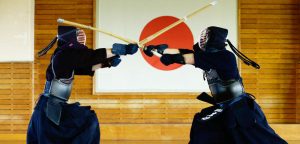
a huge difference between Kendo and Tameshigiri is the fact that Tameshigiri uses real katanas in order to cut thick bamboo mats while Kendo is more combat inclusive. I also want to mention that while I only talked about Longswords and the training that comes with it there are different types of fencing depending on your choice of weapon. An example of a different style of fencing would be a short sword paired with either a buckler or a Viking shield. Which ever style of fencing is up to you but me personally, the classical style of Longsword fencing offers me everything I’ve been looking for in fencing.
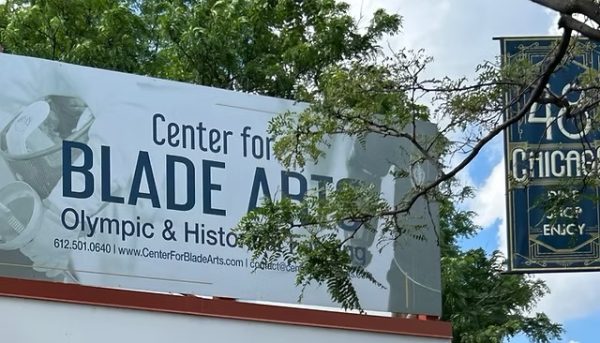
If you are interested in H.E.M.A, please consider to check out their website at https://www.centerforbladearts.com or visit the location itself at 4744 Chicago Ave, Minneapolis, MN 55407 (612-501-0640)

